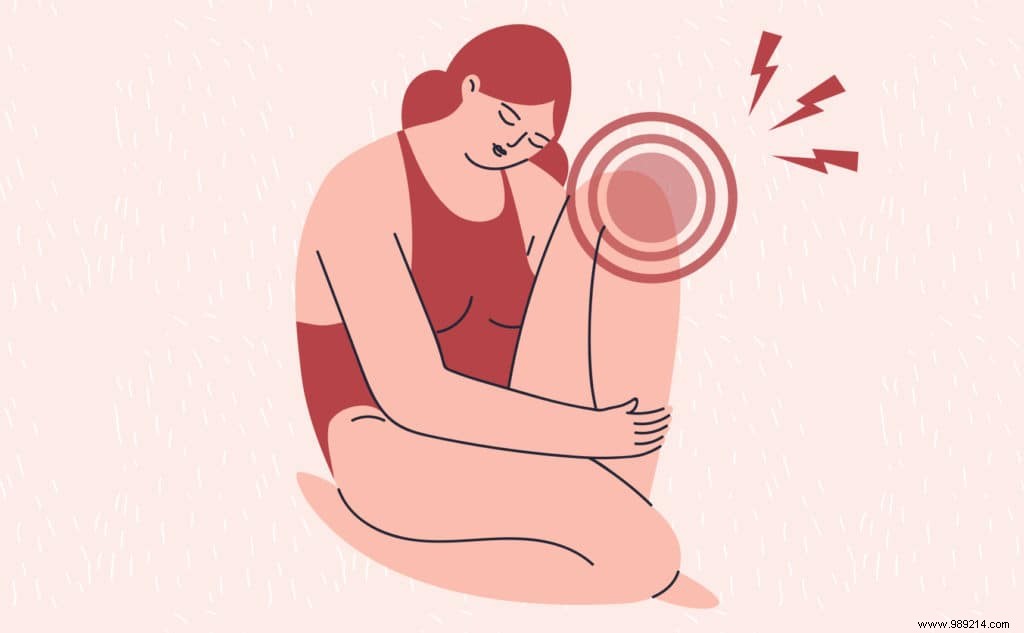
Osteoarthritis affects 10 million French people. It is the most widespread joint disease, and yet it remains surrounded by many misconceptions. To sweep away prejudices, we take stock of this condition.
False. Long presented as a simple wear and tear of the knee, hip or fingers, osteoarthritis is however an inflammatory disease that leads to the destruction of cartilage and evolves until it reaches all the structures of the joints. Cartilage covers the bony ends of the joint to allow them to slide past each other. This tissue is alive and constantly renewing itself. But when you have osteoarthritis, it degrades prematurely, cracks and becomes thinner and thinner. The bones then come together and, under the effect of pressure, produce growths. In parallel, inflammatory episodes occur. This process causes pain and loss of mobility, a source of disability.
True and false. Age is indeed an important factor in the occurrence of osteoarthritis:it affects 3% of those under 45, 65% of those over 65 and 80% of those over 80. But the normal aging of cartilage during life alone does not explain it. The disease can be linked to metabolic disorders (diabetes, obesity) or other joint pathologies. Fragility of the joints or sequelae of trauma (fracture or neglected sprain) can also promote it. Heredity is also mentioned among the risk factors, especially for osteoarthritis of the hands. Finally, the mechanical stresses that are placed on the joints (overweight, frequent carrying of heavy loads, intense sports activities, etc.) can accelerate the process.
False. Contrary to what is often thought, osteoarthritis of the spine (at the cervical or lumbar level) is the most common. It affects 70% to 75% of 65-75 year olds. Next comes osteoarthritis of the fingers, with an incidence rate of 60%, then of the knee (30%) and finally of the hip (10%). The other joints, such as the shoulder, the elbow, the wrist or the ankle, can see their cartilage destroyed by the disease, even if this remains rare.
False. If there is currently no drug that cures osteoarthritis, it is however possible to relieve the pain it causes. During inflammatory flare-ups, paracetamol or nonsteroidal anti-inflammatory drugs are usually prescribed. Corticosteroid injections or an injection of hyaluronic acid into the joint can also be proposed. Finally, surgery to replace the diseased hip or knee joint is indicated in cases of severe disability.
True. The specialists say it, it is important to keep a physical activity when you suffer from osteoarthritis, because the sport allows to slow down its progression. A daily walk is therefore recommended. However, it should be adapted to one's abilities, for example with the help of a cane, to be used on the side opposite the diseased knee or hip. It is also recommended to avoid prolonged standing or carrying heavy loads, as well as activities that put too much strain on the affected joint. In addition, and if you suffer from osteoarthritis of the hip or knee, it is worth watching your weight, or even losing it to relieve your joints.